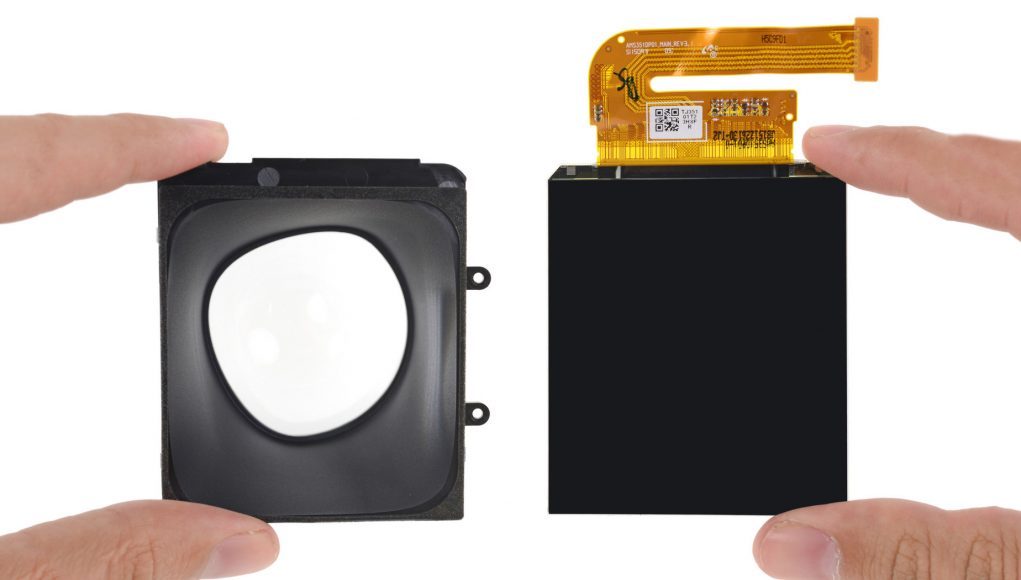Japan Display Inc. (JDI), a display conglomerate created by Sony, Toshiba, and Hitachi, today announced the development of a high pixel density, 3.25-inch 1001ppi LCD created specifically for VR headsets.
JDI says in a press release they plan to start commercial shipments by the end of March 2019, and will accelerate the design of even higher resolution displays for VR headsets in the future.
JDI announced a 803ppi (pixels per inch) LCD last year, but says that “even more compact-size LCDs and higher magnification lenses are required to decrease the size and weight of HMD devices.” High pixel densities are critical to reducing screen door effect and pixelation.

JDI’s upcoming 1001ppi low temperature polysilicon (LTPS) TFT LCD is said to feature an improved latency of 2.2 ms while operating at 120Hz refresh rate. 60Hz is widely considered the bare minimum for VR headsets, although many PC VR headsets including HTC Vive and Oculus Rift function at 90Hz—a necessity in reducing motion blur and screen flicker.
The new display is slightly more compact than the previous 803ppi panel, which featured a 3.6 inch, 1920 × 2160 resolution display running at 90Hz. The new 1001ppi display is said to feature a 2160 × 2432 resolution packed into a 3.25 inch size format at 120Hz. Current gen VR headsets tend to pack in panels around that size, making JDI’s panel ideal for future headsets with similar field of views.

For comparison, both the Vive and Rift use a pair of 1080 × 1200 displays with a ppi of ~456. Currently the market leaders in pixel density are Samsung Odyssey and HTC Vive Pro, both with the same Samsung-built panel at ~615 ppi. So the new JDI display has around a 120% higher ppi than Rift/Vive, and around 60% more than HTC Vive Pro/Samsung Odyssey.
The group will be showing off a pre-production model of the 1001ppi LCD at JDI’s booth at SID Display Week, which takes place May 22th – May 24th, 2018, in Los Angeles, CA.
A special thanks goes out to Matthias Bastian of German VR publication MIXED for pointing us to the news. Vielen Dank, Jungs.







